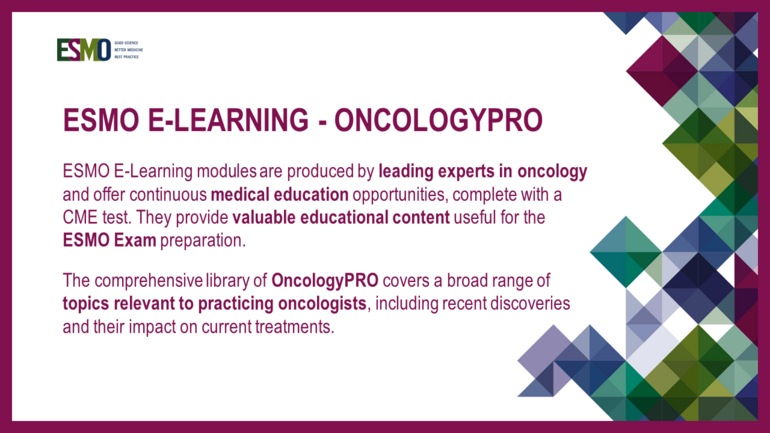Molecular characterisation of a sample of primary or metastatic tumour is increasingly used to guide selection of treatments in the clinic. The rationale for molecular profiling is that mutations are seen in different tumour types, but the response rate with many targeted therapies in unselected patients is low. Sequential testing for rare molecular alterations is inefficient and expensive. Enrichment of clinical trials with genotype-matched patients may accelerate new drug development.
Recent therapeutic advances in oncology have been driven by the identification of interpatient tumour heterogeneity that guide targeted treatment selection. Subpopulations of cancer cells with unique genomes in the same patient may exist across different geographical regions of a tumour or evolve over time, a process called intrapatient tumour heterogeneity. There are clinical implications for tumour heterogeneity across the spectrum of cancer diagnosis, prognosis, treatment selection and evaluation of resistance.
There is a great promise that knowledge of the biological drivers of cancer will lead to personalised cancer treatment. However, usually only a limited sample of cancer tissue is available for clinical characterisation that fails to capture the extent of interpatient and intrapatient tumour heterogeneity. Next generation sequencing and bioinformatics have enabled tumour heterogeneity to be assayed in the clinic. Clinical trials design has evolved from unselected strategies to enrichment designs that focus on interpatient tumour heterogeneity. Addressing intratumour heterogeneity relies on the ability to track driver clones and finding appropriate agents to target them.
In this module, the author provides an overview of interpatient tumour heterogeneity (including molecular profiling strategies, histology-based and histology-independent clinical trial designs), intrapatient tumour heterogeneity (including clonal evolution, minimally-invasive sampling methods, and trial designs to assess spatial and temporal heterogeneity), platforms to evaluate DNA sequence alterations, and ongoing institutional screening programmes and international clinical trials.
He discusses how clinical trials that are restricted to molecular subtypes of cancer could incorporate studies of intrapatient tumour heterogeneity to better understand the implications of tumour heterogeneity on therapeutic effectiveness and the emergence of treatment resistance.


